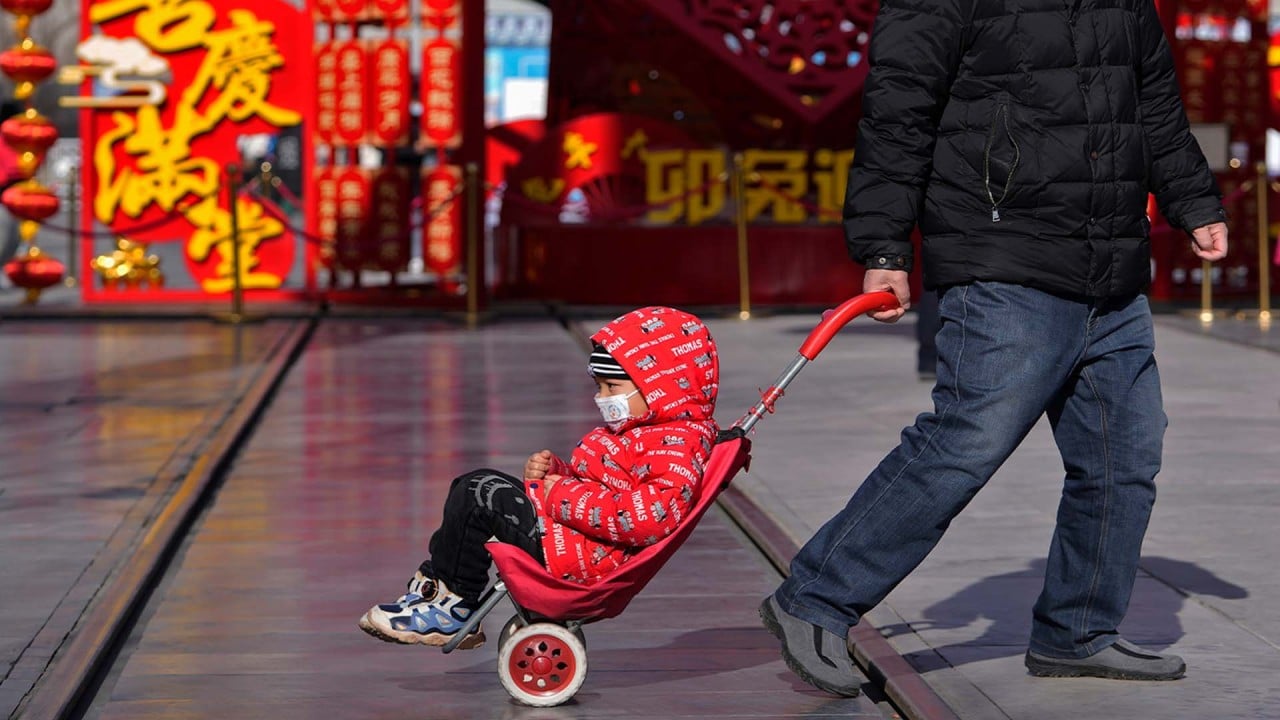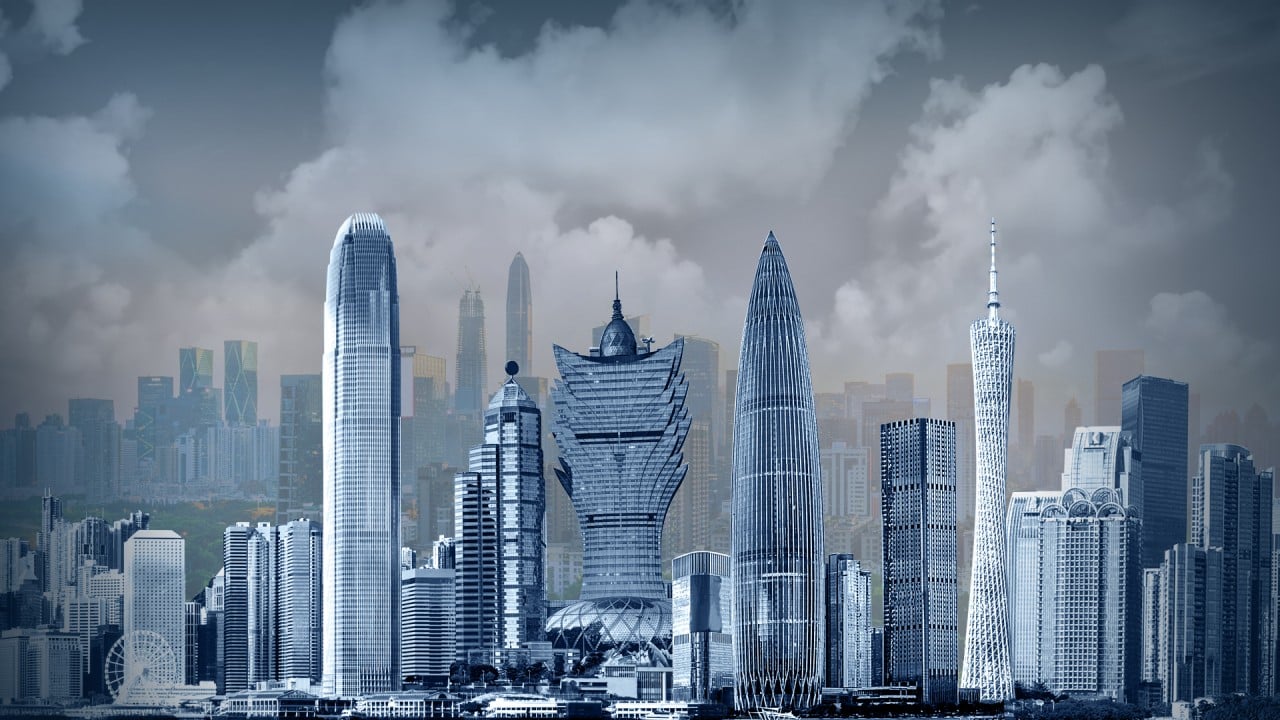
China’s two-speed economy is sapping people’s desire to have children
- There are insecurities from limited social welfare, hard decisions for rural migrants about where to raise a family, and the stress of competition and social pressure
- In the long term, China needs a more even regional development so it can build public trust and a greater sense of security
The reluctance to have children affects both rural and urban populations, and is a result of several factors. First, China’s limited social welfare is at odds with the high-speed development of its urban areas.
Although the merger of medical and maternity insurance policies in 2019 has eased the financial pressure of child-bearing, in that women can be partially reimbursed for maternity-related medical expenses, some preconditions have not changed.
So, women who have not paid into the system for the required number of years, or who do not have local basic medical insurance, still cannot enjoy maternity insurance. This means that rural migrant workers and those in unstable employment lack maternity welfare.

Thirdly, with regional development so uneven, resources are more concentrated than ever in specific cities. This attracts intense competition and social pressures, so that many young people struggling to get a foothold start to question the necessity of marriage and children.
In 2021, the proportion of talent migrating to new and emerging first-tier cities rose to 35 per cent from 31 per cent, and a ranking of cities’ business attractiveness found that the 10 busiest with residential activity were: Hangzhou, Chengdu, Chongqing, Dongguan, Suzhou, Wuhan, Nanjing, Zhengzhou, Foshan and Xi’an. These cities are all clustered in the east, south and southwest of China.
This generation of “talent” is acutely aware that the stresses of their personal lives might be exacerbated by having children. Despite China’s vast lands, the field of competition and the opportunities to improve the quality of life are concentrated in a narrow band, making it hard to make moderate migration choices.
Shanghai, in particular, which had a skilled workforce of 6.75 million people last year, is the “top choice for expatriates, overseas returnees and college graduates looking to further their careers”, according to Yicai Global.
In the long term, China needs its regional development to be more even so it can build public trust and a greater sense of security.
7 ways China can boost its birth rate
They would rather queue for an appointment months in advance just to be able to see a doctor in a big city hospital – bearing the higher costs of the journey because they believe they will receive a better public service.
In my opinion, China’s urbanisation strategy does not take enough account of the impact of such high-speed urbanisation on people’s perceptions of life.
If the quality of public and social services is raised to a similar level throughout China under a high-quality urbanisation strategy, public trust in regional development will improve, halting the stampede for the few elite cities and decentralising social pressures. And it might just improve people’s attitudes towards having children.
Jinyuan Li is a research candidate in global affairs at King’s College London



